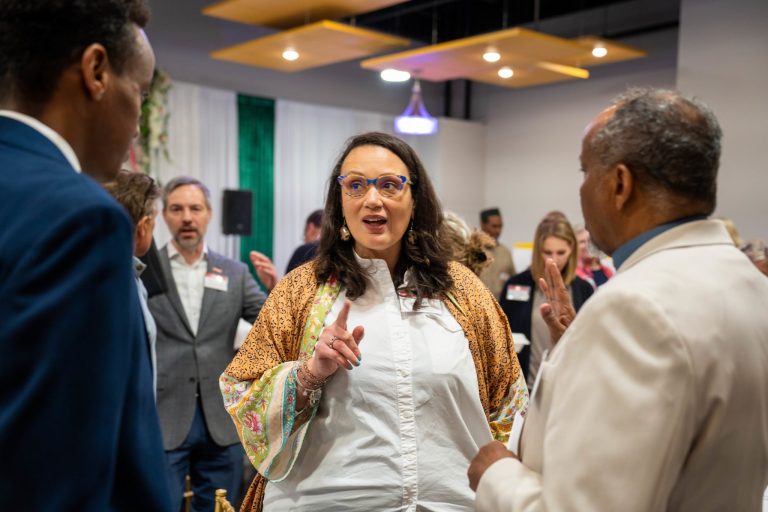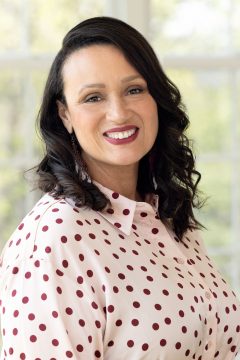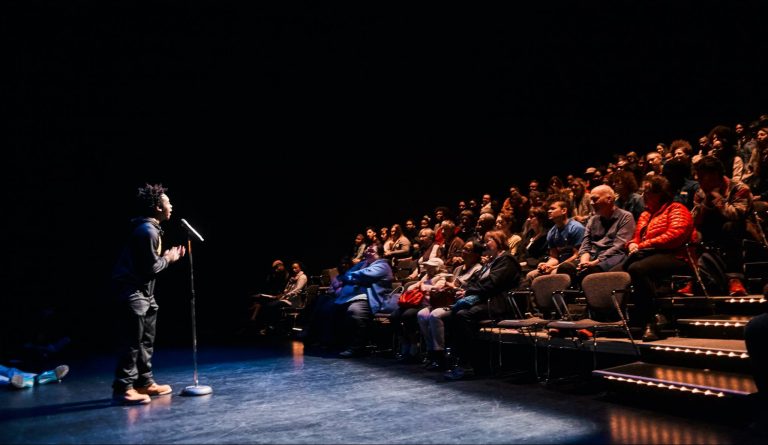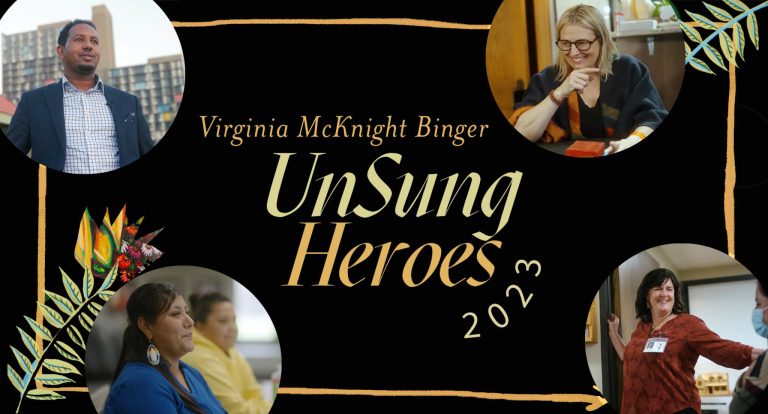The Powderhorn neighborhood of south Minneapolis has been a place of refuge for me for the past four years. The people, the sense of community, the tall trees, the art, and the eccentric small businesses have made Powderhorn more than a place. The neighborhood has a collective current that runs through my body and makes me feel as though I am connected to something larger, something more meaningful.
May 25, 2020. A day of injustice. A day of pain. As the community in Powderhorn (and eventually the world) processed a tidal wave of emotions brought on by the murder of George Floyd, assumptions began to flow. Narratives were crafted about what was, what is, and what should be. People began to descend on this neighborhood in hope of capturing the essence of the moment, yet I found little truth in what was being told. Much of what I saw on TV, in the news, or from those outside Minneapolis was grounded in fear and assumptions, rather than a place of curiosity and care. Below I share a few complex reflections on what I saw: despair and hope; fear and bravery; uncertainty and action.
Despair and Hope
On May 26, I made the short walk over to the intersection where George Floyd was murdered, deprived of the ability to breathe for more than nine minutes. There were thousands in attendance, wearing masks and unsure what to do except share space and grieve. The air was heavy. We knew this tragedy was inextricably linked to our troubled past as a country. I saw tears, hugs, and anger, and heard cries of sadness. As the crowd slowly began to march and an organizer grabbed a microphone, there was a moment when the mood transitioned to hope. Hope that this would not happen again. Hope that our collective voices and action could stop this repeated history once and for all.
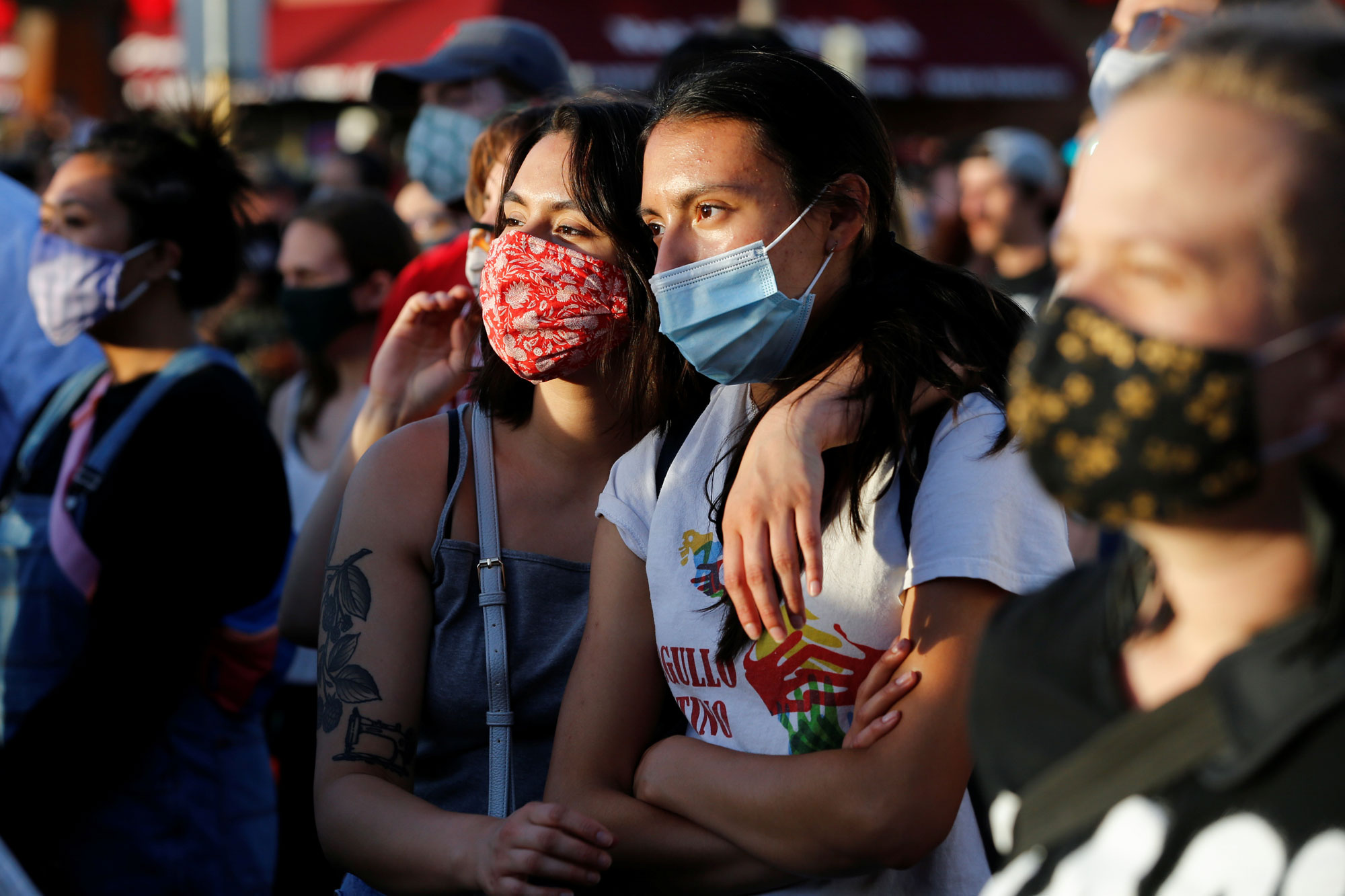
Crowds gather at George Floyd Square. Photo credit: REUTERS/Eric Miller
Fear and Bravery
In the weeks following the murder, my perception of time and reality began to warp. Businesses and buildings burned on Lake Street. As I lay awake at night, I could smell the smoldering debris from my house and see the bright glow of fire from my bedroom. Media from every corner of the world came to Powderhorn, trying to figure out exactly what was happening. The National Guard was activated and a curfew implemented. Talk spread of white supremacists staging an attack on the neighborhood and city.
There was fear. Some neighbors fled. Some grabbed weapons. The fear was like an invisible fog that crept in slowly. I remember a public safety rally at Powderhorn Park, where this fear seemed to morph into bravery. Community leaders identified plans: get in touch with your neighbors; water your lawns; have a neighborhood watch; know when to leave. The community metaphorically locked arms and chose bravery, because like so many who have been harmed by injustice in the past, we had no choice.
“The community metaphorically locked arms and chose bravery, because like so many other others harmed by injustice in the past, we had no choice.”– TIM MURPHY
Uncertainty and Action
Once the fires were put out and community members had time to assess the damage, there was a sense of pause. Many did not know what to do, where to reach out for help, or how to feel. In response, many of my neighbors did the only thing we could at the time—grab a bunch of rakes, brooms, garbage cans, and other repair materials, and head to Lake Street. What we found was incredible—people moving into action, not waiting for instruction or direction.
Joan Baez once said, “Action is the antidote to despair.” Our community wholly embraced those words over the following weeks. Even in the midst of great tragedy, we could see the beauty of Powderhorn and its people.
This past year has been one of complexity and contradiction—in our neighborhood and nation. For me, it is a reminder of what we must do to live into the mission of McKnight, to advance a more just, creative, and abundant future where people and planet thrive. Together with our communities, we can embrace complexity and explore contradiction. We can listen to those closest to the problem and the issue. And we must never seek truth in isolation. If we work toward this, we can move toward deeper understanding, more durable solutions, and ultimately a stronger social fabric that will enable us to thrive for generations to come.
This essay is part of a series of first-person reflections our colleagues are sharing about George Floyd and the racial justice movement.
